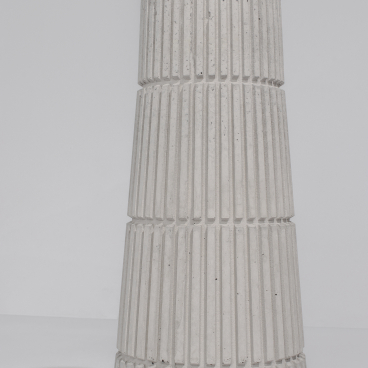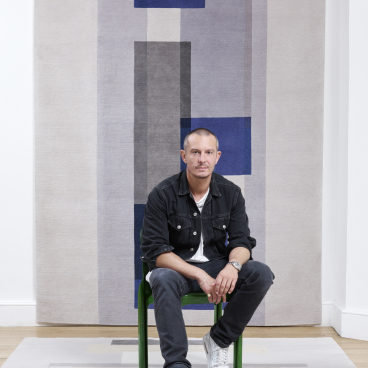MultiPly: a giant carbon-neutral wooden pavilion hopes to address the housing crisis
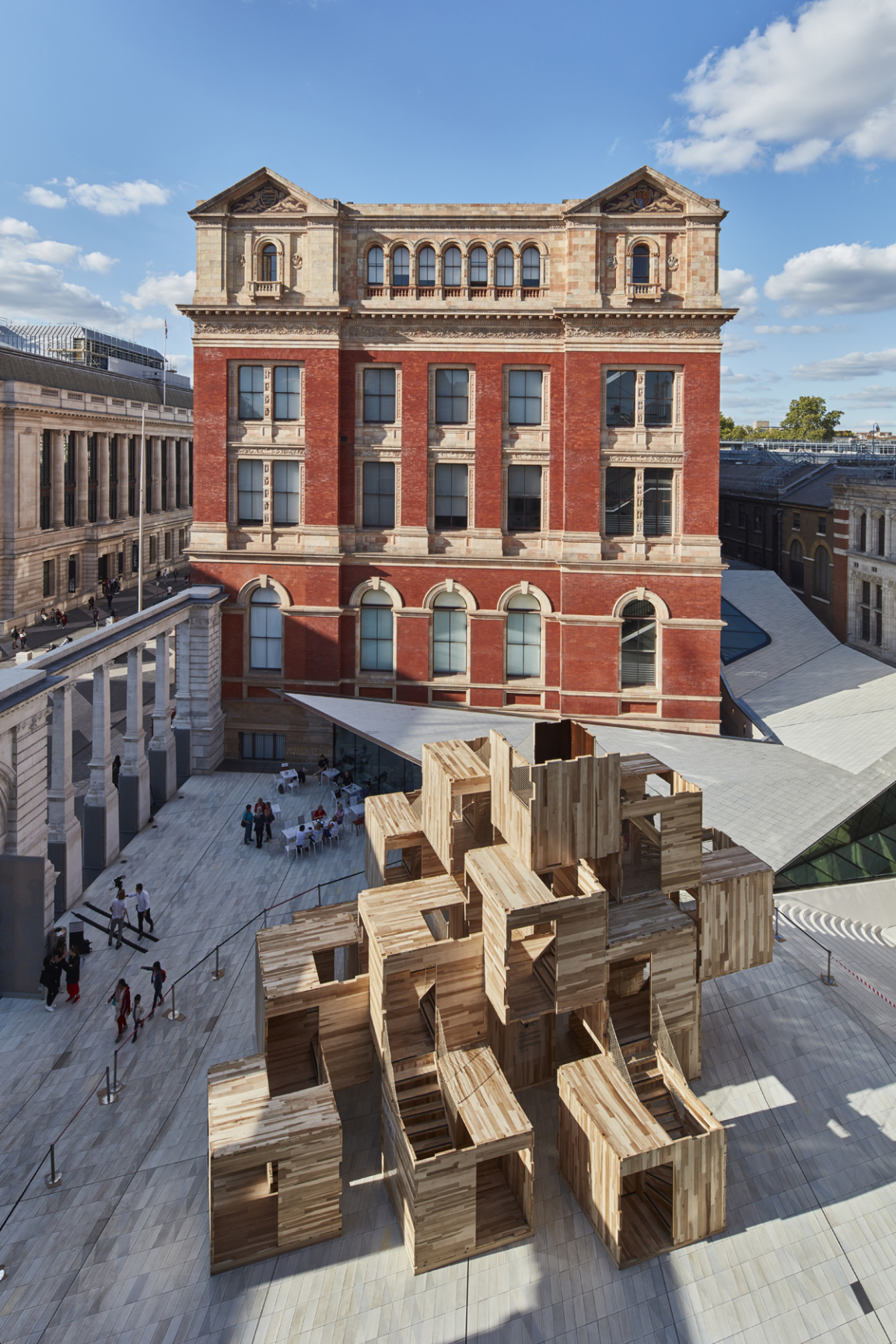
MultiPly is a giant carbon-neutral, wooden pavilion made entirely of American tulipwood which you can see for yourself in the Sackler Courtyard of the V&A during London Design Festival this month.
A collaboration between Waugh Thistleton Architects, the American Hardwood Export Council (AHEC) and ARUP, it confronts two of the world's biggest challenges – the pressing need for housing and the urgency to fight climate change and presents the fusion of modular systems and sustainable construction materials as a solution.
The 43m3 of tulipwood that makes up MultiPly stores the equivalent of 30 tonnes of carbon dioxide and is replaced with natural growth in the American forest in five minutes. It's in fact made with the first UK-manufactured cross-laminated timber (CLT) panels.
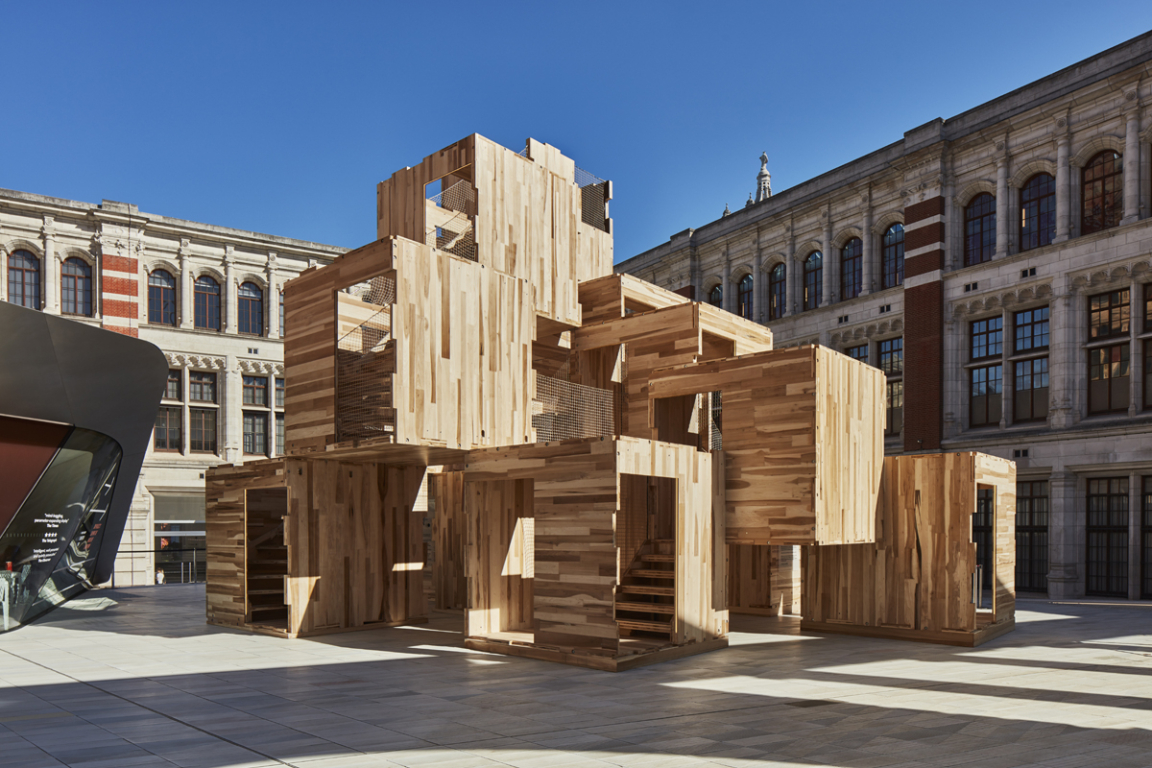
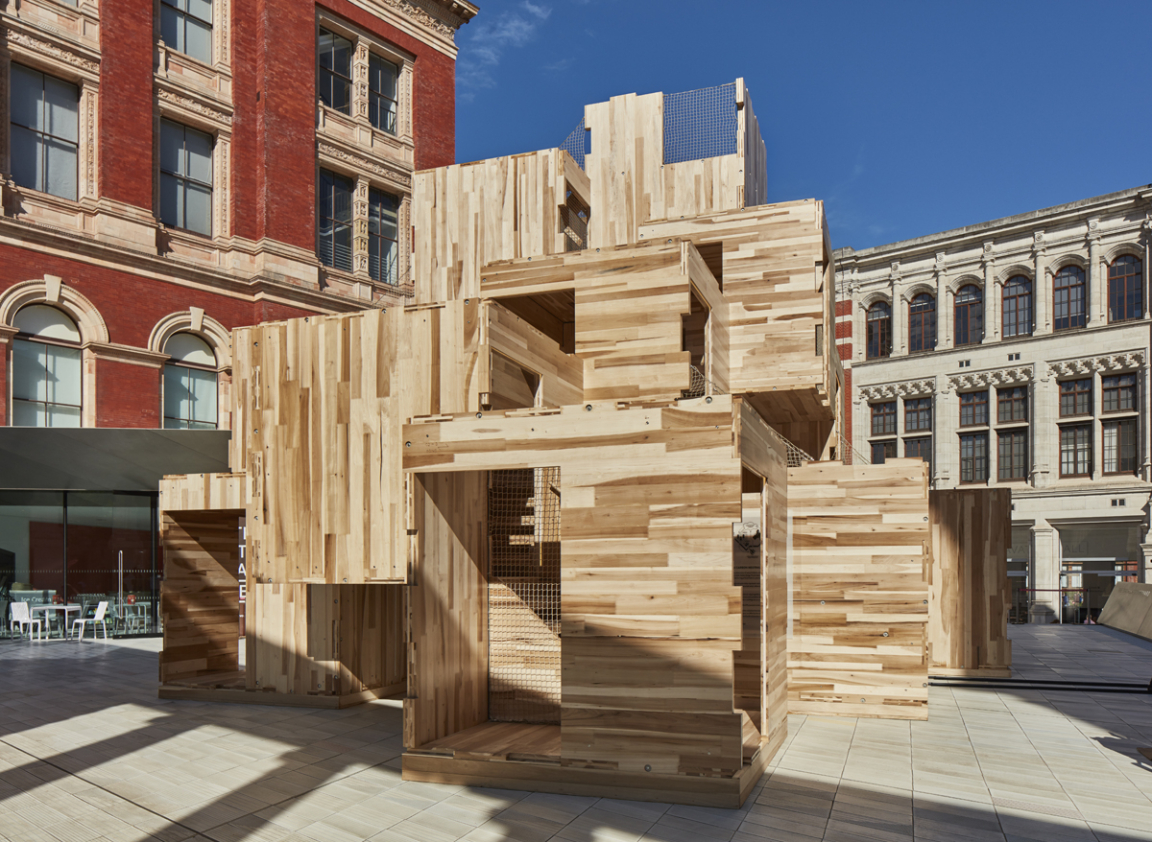
Considered to be one of London Design Festival’s Landmark projects, MultiPly is comprised of a maze-like series of interconnected spaces that overlap and intertwine. It has been conceived and constructed to encourage visitors to re-think the way we design and build our homes and cities.
The three-dimensional structure is built out of a flexible system, made of 17 modules of American tulipwood CLT with digitally fabricated joints. Like a piece of flat-packed furniture, arrived as a kit of parts and has simply and quietly been assembled in under a week. Because it's built out of modules, the pavilion can be taken apart and reassembled in a new home after the London Design Festival.
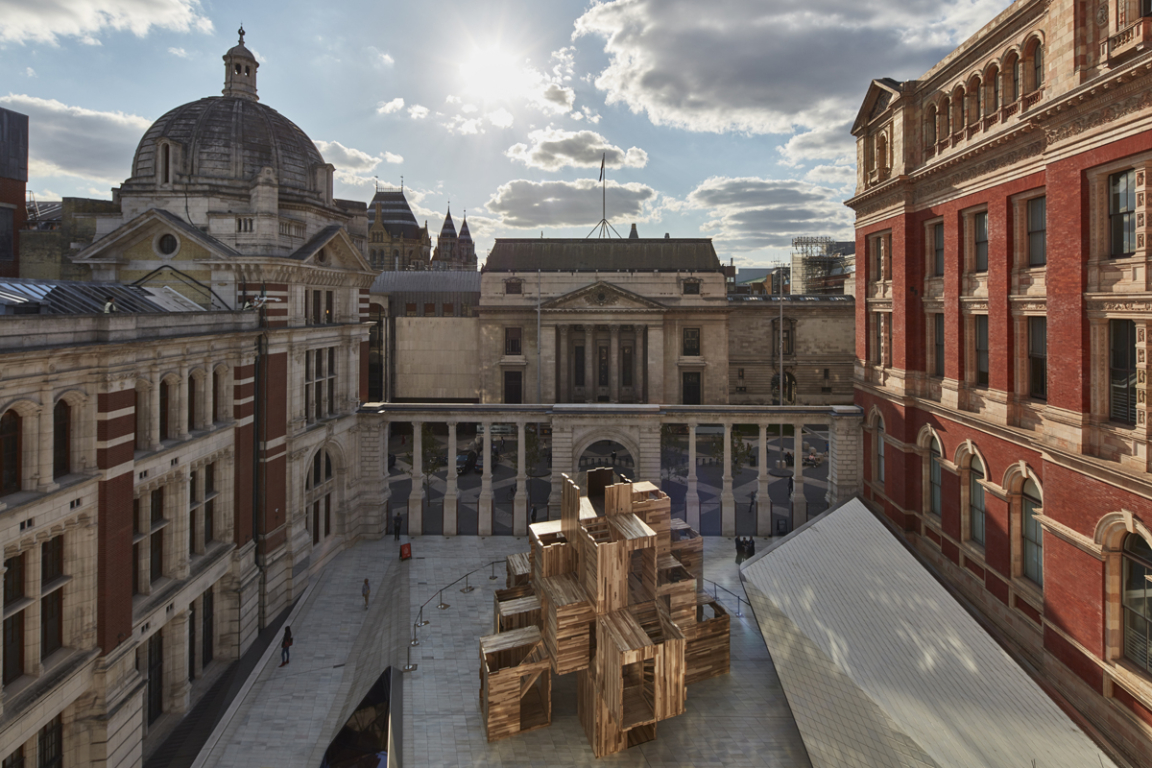
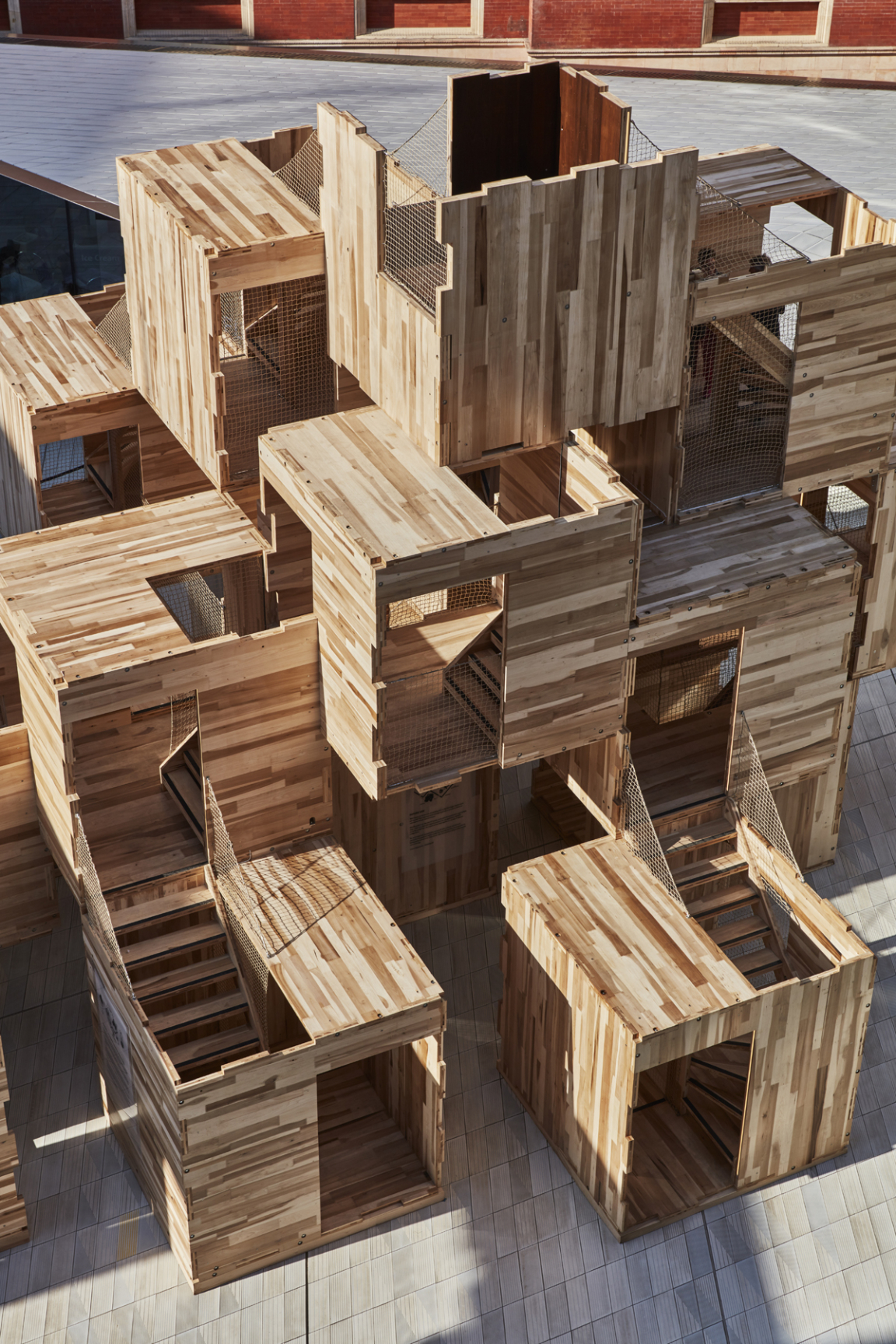
"The main ambition of this project is to publicly debate how environmental challenges can be addressed through innovative, affordable construction," says Andrew Waugh, co-founder of Waugh Thistleton Architects, a studio that has been at the forefront of wood construction for decades. "We are at a crisis point in terms of both housing and CO2 emissions and we believe that building in a versatile, sustainable material, such as tulipwood, is an important way of addressing these issues."
To keep up with population growth and deal with years of undersupply, around 250,000 new homes would need to be built in the UK every year. In 2016/17, 184,000 new homes were built in the UK, a shortfall of approximately 66,000 homes. To increase supply to meet demand, we must obviously change the way we think and build.
"Waugh Thistleton Architects has been pioneering innovative uses of wood in construction for decades," says David Venables, European Director of AHEC. "MultiPly explores a new, more sustainable way of building, bringing together a readily available carbon-negative material – American tulipwood – with modular design.
"AHEC has worked with many great architects – David Adjaye, Alex de Rijke, Alison Brooks, and now Waugh Thistleton – to demonstrate the structural, aesthetic and environmental properties of American tulipwood."
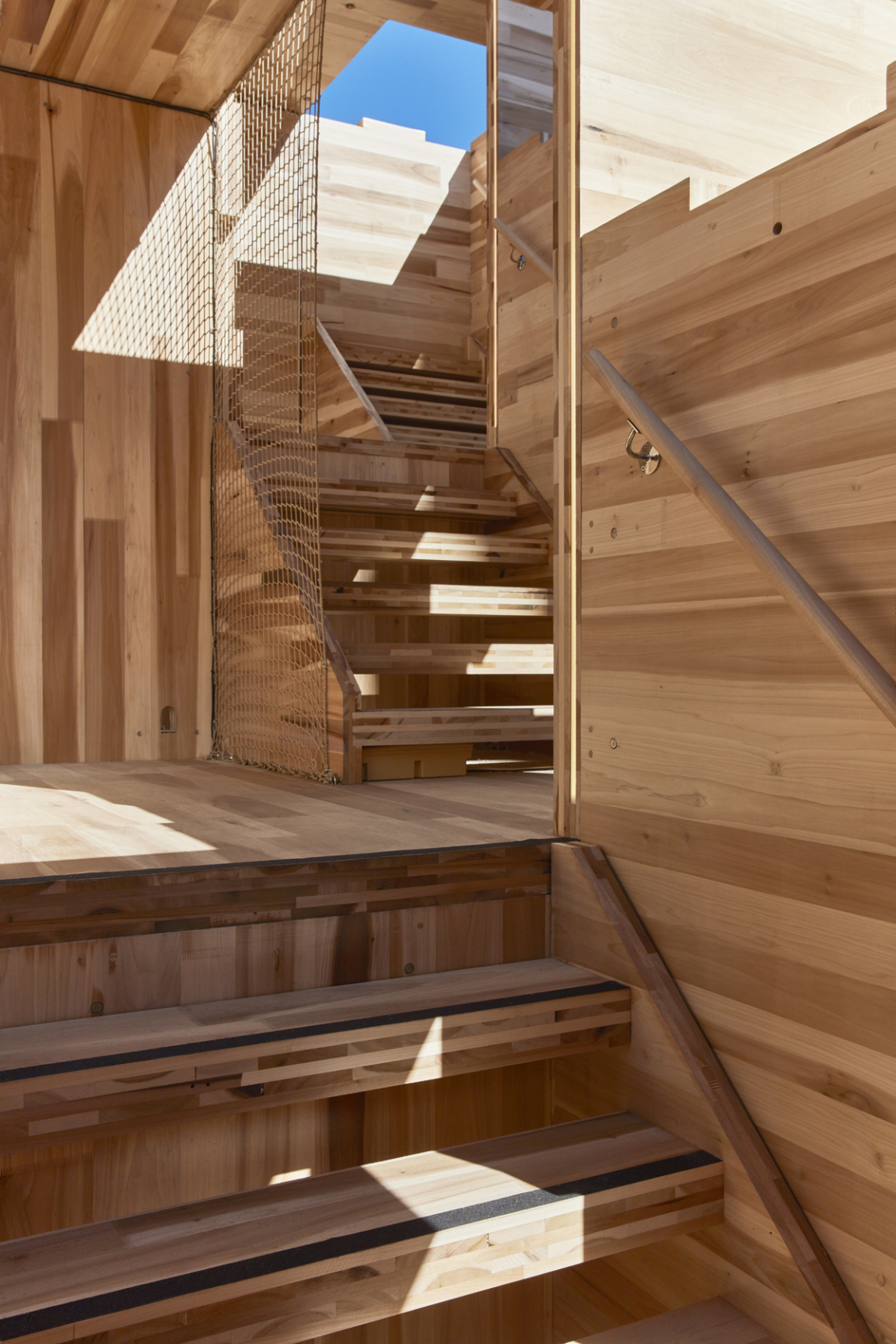
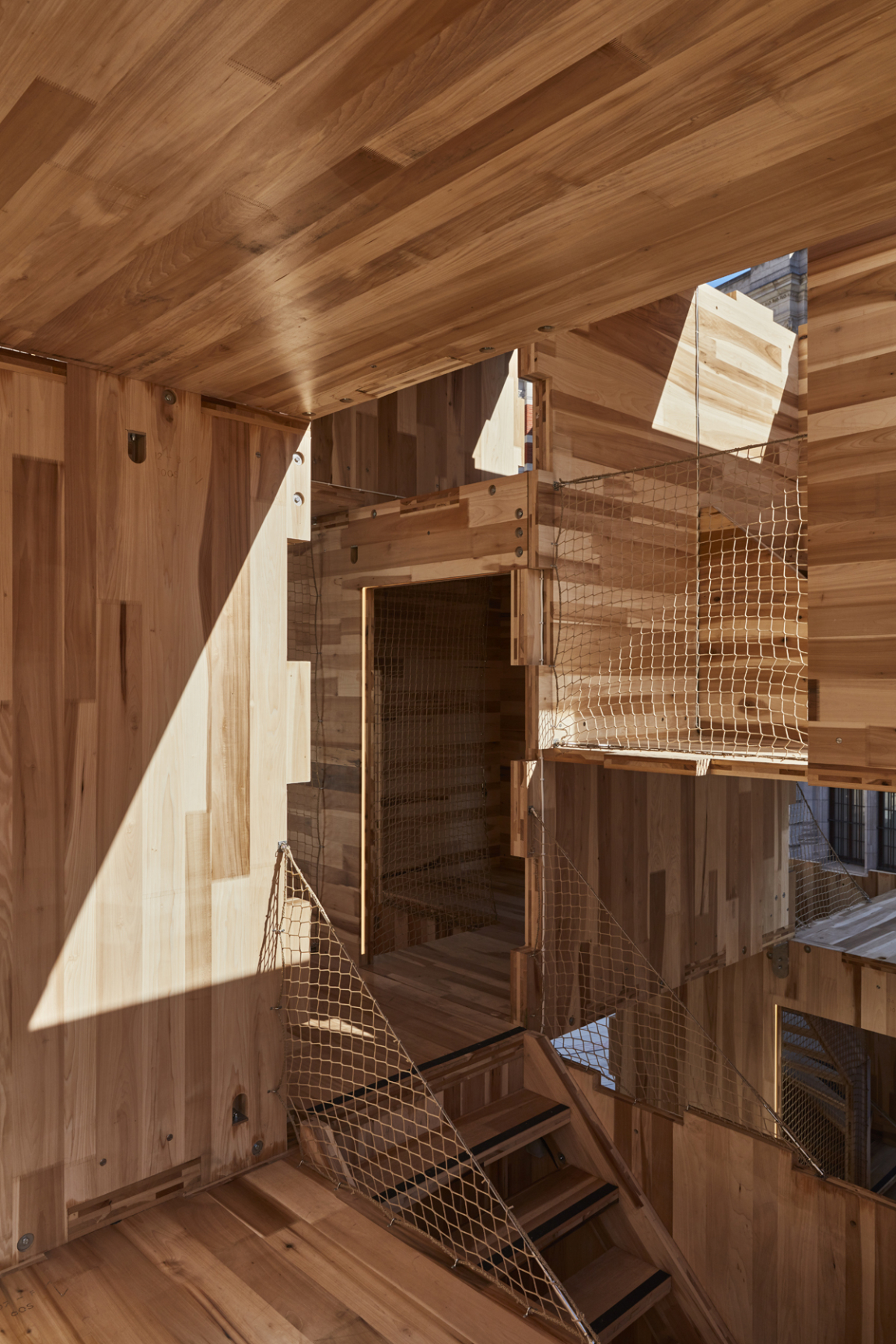
Tulipwood is sourced from the Eastern United States, where the hardwood forest area is expanding at a rate of one football pitch every minute, and already exceeds 110 million hectares, equivalent to the combined area of France and Spain.
This makes the material both sustainable and environmentally-friendly, especially as it is one of the most abundant American hardwoods accounting for 7.7% of the total standing volume in U.S. hardwood forests. Every year, even after harvest, the volume of tulipwood in the U.S. forest grows by 19 million m3, the equivalent of over 19 Olympic swimming pools per day.
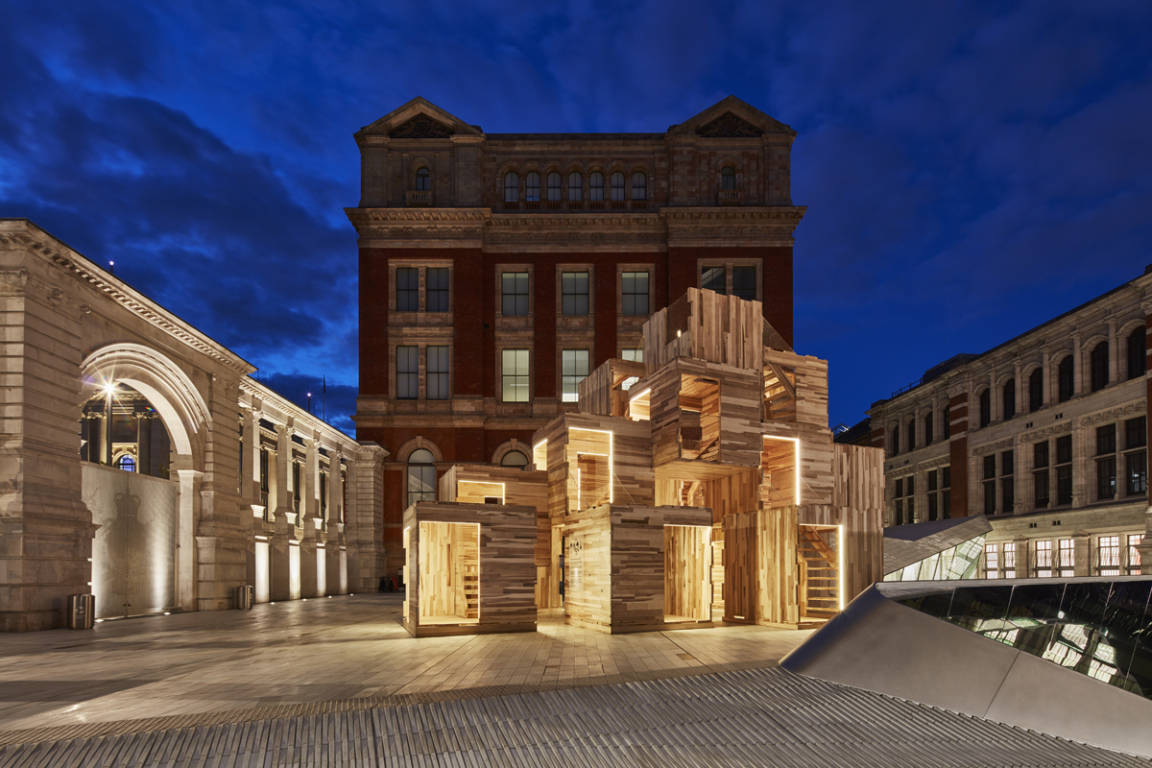
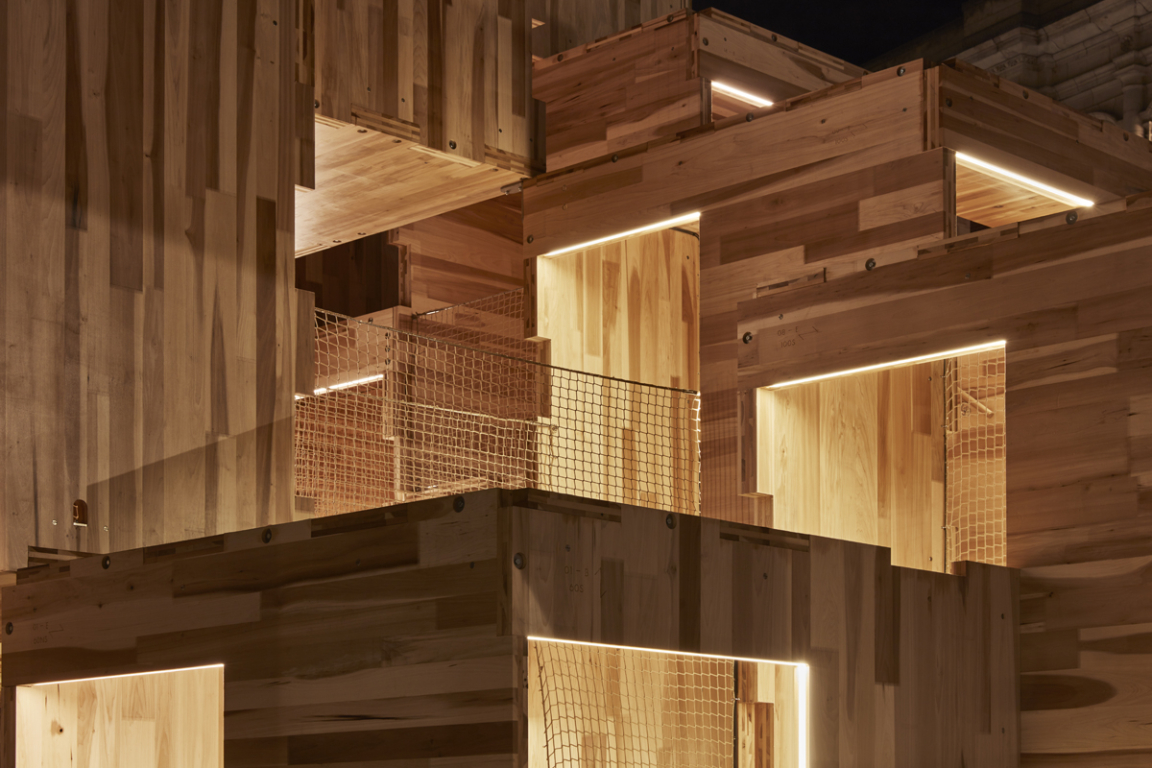

During the day at the V&A, the nine-metre-high American tulipwood installation promises to be fun and playful. The labyrinthine spaces lead you through a series of stairs, corridors and open spaces, inviting you to explore the potential of wood in architecture. During the evenings, with subtle lighting, the pavilion becomes a quiet and contemplative space, allowing visitors to reflect on the beauty of its natural material.
"The structure will lead people on a merry dance up and down staircases and across bridges exploring space and light," adds Waugh. Find out more at www.multiply.london.



